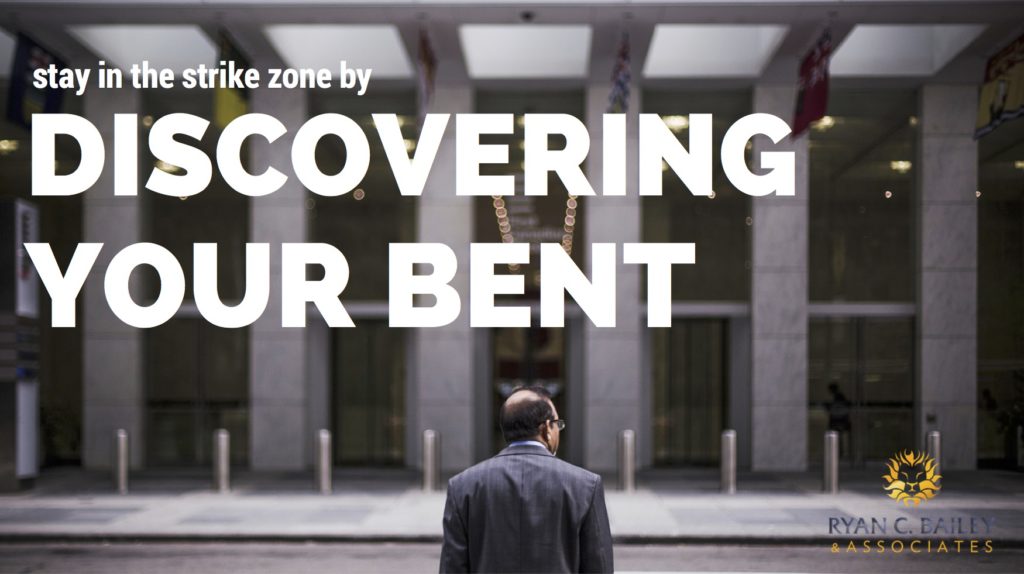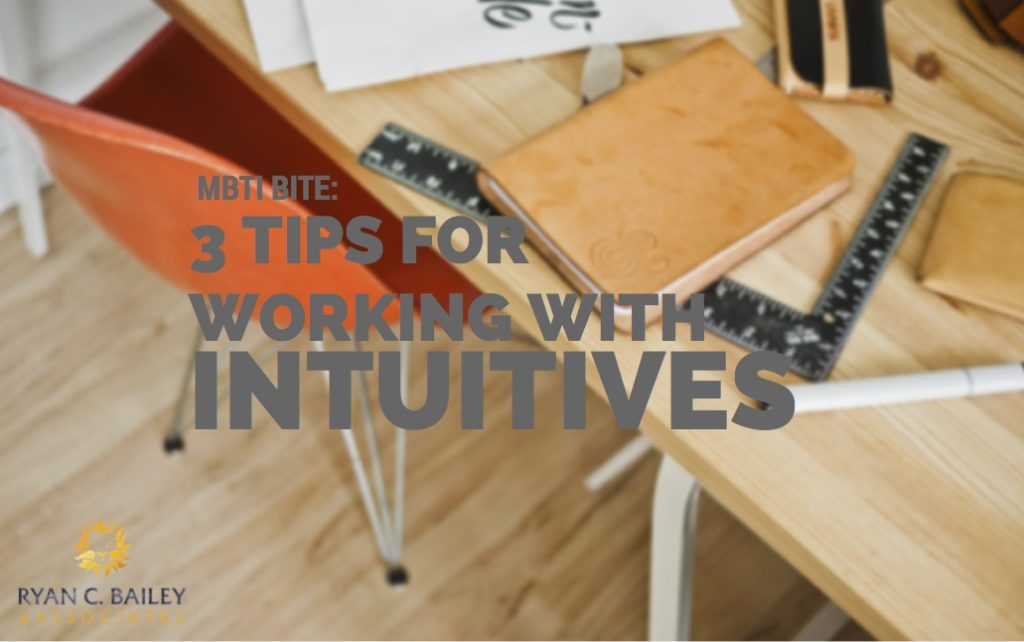 Chris Kisley, President and CEO of Life Long Leadership, recently came to my office and sat with me as we answered the Six Core Questions for Organizational Clarity from Patrick Lencioni’s The Advantage for my company.
Chris Kisley, President and CEO of Life Long Leadership, recently came to my office and sat with me as we answered the Six Core Questions for Organizational Clarity from Patrick Lencioni’s The Advantage for my company.
- Why do we exist? (Core purpose)
- How do we behave? (What are our values?)
- What do we do? (Business definition)
- How will we succeed? (A collection of intentional, purposeful and unique decisions a company or team makes to give itself the best chance to maximize success)
- What is most important right now? (Thematic Goal – every organization, if it wants to create a sense of alignment and focus, must have a single top priority within a given period of time.)
- Who must do what?
Mind you, we’ve been working on these for several weeks, but now it was time to nail the answers down.
I can’t say enough about how much I appreciate Chris and her incredible gifts for combining the core of who I am with corporate business wisdom in order to help me steer my company in the right direction.
Whether you are running a company or a department in a company, answering the six questions will bring a level of clarity that you and your team have not seen yet.
I’d like to share some of the general takeaways from my time with her that I think might be valuable for you.
- Really understand who you are, using insights from those who are discerning and can articulate their perceptions of you.
Turning the windows in my office into writing boards, the first thing she wrote was my Myers-Briggs type (ENFJ) and my top five strengths from StrengthsFinder (1. Communication 2. Strategy 3. Empathy 4. Achiever 5. Developer).
She then turned to me and said, “As I have experienced you, you are a strong J.” I was floored. I had not seen myself that way at all. As she explained the ways in which I come across as a strong J, I gained invaluable insight and understanding as to how I am coming across to others.
More than that, I started realizing that I was “trying to be” a low J because I love some of the qualities of P’s.
Feedback can feel intimadating and exposing, but when it comes from a trusted source who knows you and is for you, it can be paramount to your success.
- Know how you work best and get rid of the last vestiges of who you think you “should” be.
The insight from that first point above, coupled with my answers to Lencioni’s first three questions, showed her that I try to super-specialize. “You keep trying to box yourself in,” she said. “You need to be broader so you can have multiple avenues to get to what you want to do most. It makes sense that you want to box yourself in because, as a J, you want to know what box you fit in.” Man, those words rang so, so true.
My mom is a strong P. I admire her so much. The way things come together for her, with her ability to put out fires quickly, and seamlessly adjust to change is almost magical. It’s part of what makes her a top surgeon.
Growing up, I wanted to be like that. However, that’s not how I was wired. Consequently, like many of you, several years ago I had to make concerted efforts to be who I am and stop trying to be someone I wasn’t. I had to embrace the fact that unless I am discussing something I am very familiar with, things just don’t fall in place for me like they do for her.
I kept holding on to being a low J. But a shift has occurred. I may not be as strong of a J as Chris shared with me, but her words have helped me to just be, and enjoy my own wiring.
How can you start to operate out of your more authentic self?
- Lead with your desires.
I am really fortunate in that I absolutely love what I do. I love coaching individuals, groups and teams, but even more, I love delivering trainings.
When we were coming up with a list of the conferences where I should do my trainings, Chris asked me what I am passionate about. “I’ve always loved innovation and technology,” I replied. “I might not know how the latest gadgets work, but I do love using them so much that usually I am an early adopter.”
Consequently, it turns out that my passion for innovation and for the leadership development trainings that I do are a natural fit for technology conferences. Our new intern, Megan Koh, is already at work applying on my behalf to different tech conferences where I can train leaders.
What are your desires and how can you see them come to fruition in your business? What topic or problem stirs you the most? Begin brainstorming ways you can lead from your desires.
- Understand how your industry and target audience works.
In the leadership development industry, who I hire will influence my target audience. I’ve dreamed of increasing the amount of trainings (or facilitations) I do to about 50% of my practice, then spending the rest of the time with individuals, groups and teams, and growing and developing my own team.
I thought I should hire more coaches to cover for the time I want to spend facilitating or training, but I learned from Chris that if I do that, I will get more coaching work. Instead, I should be hiring more people who can train or facilitate. Then I will get more training and facilitation work.
Make your hiring intentional to the audience you want to reach and the goals you want to pursue within your company.
- Know what you will not do.
When we got to the question, “How will we succeed?” we started off by making a list of what we will not do. Seeing that list confirmed that I need to stay in my strike zone, and not take on things for which I am not best-suited, just to please my clients.
I was already saying, “No” a lot, but I believe I have the clarity now to say “No” to more.
You can start by making a list of “things you do” and “things you do not do” within your company. Talk with your team as you determine what is most essential for your overall productivity.
- Know that you will adjust your answers to the six core questions as you get deeper into your work.
When we finished, I felt incredibly clear on who my company is and, more specifically, how I was going to pursue what I want to pursue. It was so comforting and relieving. My stress levels dropped.
I felt like one of my twins in a playpen. When my twin boys were crawling but not yet walking, they would often cry if they were on the floor. But if my wife or I would put them in the playpen, they would be immediately comforted and begin having fun.
I now have clear direction, focus, and know how to utilize my time and resources.
One last thing Chris mentioned was that I need to remember that the clarity I have now will become even sharper as I get farther into fulfilling the plan. In other words, I will be further tweaking my responses to the six core questions as I go.
I am really good with that insight. Even though I prefer routine, I love having options to plug into the routine, especially when the routine starts feeling a little old.
Chew On This:
- How can you begin walking through Lencioni’s six core questions for organizational clarity with a trusted source?
- What question feels most challenging to answer and why?
Ryan C. Bailey is President and CEO of a company that catalyzes the transformation of leaders’ lives.
*This blog is an amalgamation of a few different clients. No one single client is being singled out.









